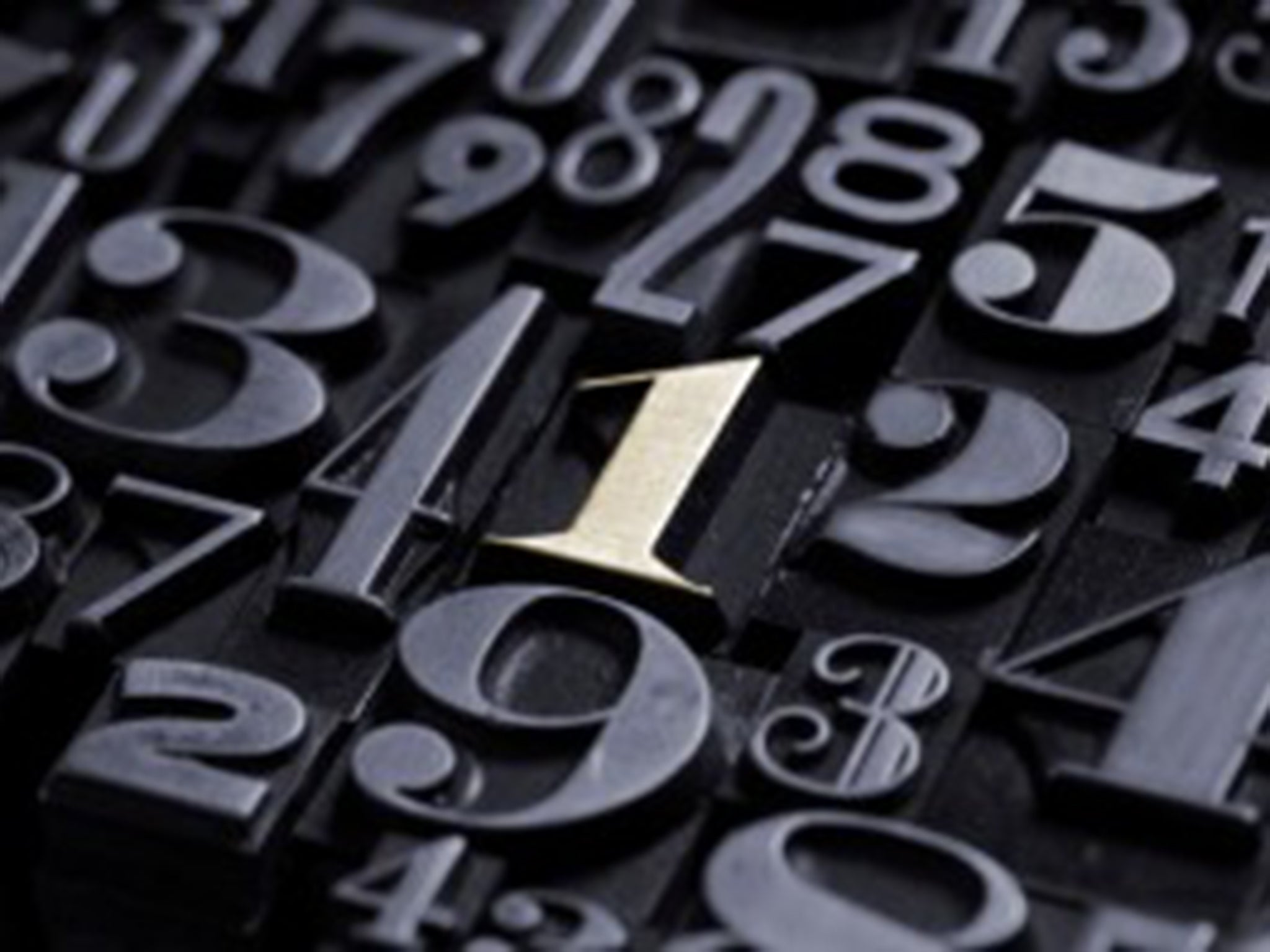What exactly does ‘one’ mean? Court of Appeal passes judgement on thorny mathematical issue
The question was central to a dispute between ConvaTec and Smith & Nephew

What is the meaning of one? It’s a question that has occupied the minds of the greatest thinkers such as Philo of Alexandria, who believed that the numeral one was God’s number and so the basis of all other numbers.
Two millennia later, in the august surroundings of the Royal Courts of Justice in London, three judges in the Court of Appeal last week also deliberated on the meaning of one. They came to the conclusion that one does not necessarily mean one at all – because it can actually include anything greater than or equal to a half and less than one-and-a-half.
In a patent dispute between two pharmaceutical giants arguing over who owns the royalty rights to a lucrative wound-dressing solution, their lordships sat in judgment over an issue that would have tested the mettle of the finest mathematical logicians; and in the process coined a new legal definition of “one”.
It may seem odd that their lordships dare question the meaning of one – it is after all the oldest number we have. Some 20,000 years ago, someone scratched a series of notches along the fibula bone of a baboon with a piece of quartz and in the process left the earliest known record of the number one.
But that was long before the legal argy-bargy between ConvaTec, a global medical products company, and Smith & Nephew, a specialist in “advance wound management” which questioned a patent owned by ConvaTec on a wound dressing involving silver and a salt solution.
The ConvaTec patent covered any salt solution “between 1 per cent and 25 per cent of the total volume of treatment”. However, Smith and Nephew devised a competing product that used 0.77 per cent concentration, bypassing, or so it believed, the ConvaTec patent.
A previous judgment in 2013 ruled in Smith & Nephew’s favour because of a mathematical quirk known among chemists as the “significant figures rule”, which is a way of taking into account errors of measurement.
This judgment ruled that the patent covered any solution greater than or equal to 0.95 per cent and less than 25.5 per cent, which meant Smith & Nephew was free to flog its multi-million pound products without paying anything to ConvaTec.
So in this earlier judgment “one” meant anything greater than or equal to 0.95 and less than 1.5, which produced an uncomfortable asymmetry that did not go unnoticed in last week’s judgment. How could “one” include something that is 0.05 less but also include something that is nearly ten times this figure more – for instance 0.49 more than 1?
To correct this, the three Court of Appeal judges used a mathematical approach, known as rounding. It exploits that convention of rounding up or rounding down to the nearest whole number if there are decimal places.
Their lordships concluded that “one” includes anything greater or equal to 0.5 and less than 1.5 – much to the chagrin of Smith &Nephew, whose 0.77 now fell within the realm of ConvaTec’s patent.
One of the judges, Lord Justice Christopher Clarke, admitted that it may seem daft to suggest that 0.5 now falls between 1 and 25. “To jump to that conclusion would, however, ignore the fact that figures, no less than words, may take their meaning from the context in which they are used,” he wrote in the final judgment.
“A linguist may regard the word ‘one’ as meaning ‘one – no more and no less’. To those skilled in the art it may, however, in context, imply a range of values extending beyond the integer,” he explained.
Subscribe to Independent Premium to bookmark this article
Want to bookmark your favourite articles and stories to read or reference later? Start your Independent Premium subscription today.

Join our commenting forum
Join thought-provoking conversations, follow other Independent readers and see their replies